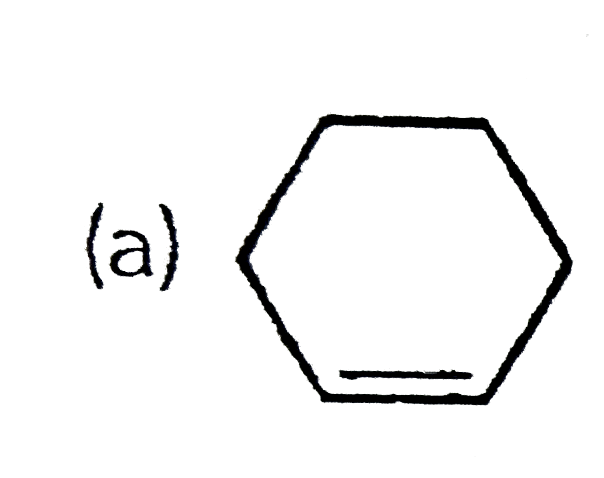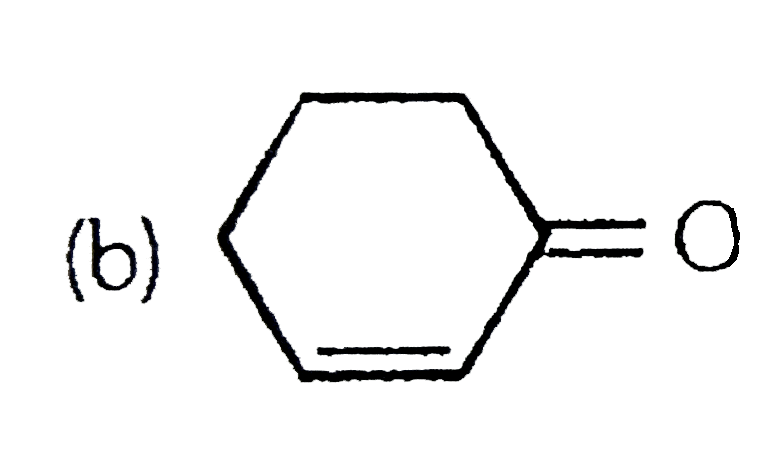Identify to in the following scheme.
To identify compounds A to D in the given reaction scheme, we will analyze each step of the reaction systematically.
1. Starting Compound: CH₃Br
- The reaction begins with methyl bromide (CH₃Br).
2. Formation of Grignard Reagent (A)
- When CH₃Br reacts with magnesium (Mg) in an ether solvent, it forms a Grignard reagent.
- The Grignard reagent formed is methyl magnesium bromide (CH₃MgBr).
- Thus, A = CH₃MgBr.
3. Reaction with D₂O (B)
- Next, the Grignard reagent (A) reacts with heavy water (D₂O).
- This reaction results in the formation of deuterated methane (CH₃D) and magnesium hydroxide bromide (Mg(OH)Br).
- Thus, B = CH₃D.
4. Chlorination (C)
- The next step involves chlorination of the product B (CH₃D) using chlorine (Cl₂) in the presence of light (hv).
- The chlorination of CH₃D will yield chloromethane (CH₃Cl) as the primary product.
- Thus, C = CH₃Cl.
5. Wurtz Reaction (D)
- Finally, the chloromethane (C) undergoes a Wurtz reaction when treated with sodium (Na) in ether.
- This reaction leads to the coupling of two methyl groups, resulting in the formation of ethane (C₂H₆).
- Thus, D = C₂H₆ (ethane).
Summary of Identifications:
- A = CH₃MgBr (methyl magnesium bromide)
- B = CH₃D (deuterated methane)
- C = CH₃Cl (chloromethane)
- D = C₂H₆ (ethane)
- The reaction begins with methyl bromide (CH₃Br).
- When CH₃Br reacts with magnesium (Mg) in an ether solvent, it forms a Grignard reagent.
- The Grignard reagent formed is methyl magnesium bromide (CH₃MgBr).
- Thus, A = CH₃MgBr.
- Next, the Grignard reagent (A) reacts with heavy water (D₂O).
- This reaction results in the formation of deuterated methane (CH₃D) and magnesium hydroxide bromide (Mg(OH)Br).
- Thus, B = CH₃D.
- The next step involves chlorination of the product B (CH₃D) using chlorine (Cl₂) in the presence of light (hv).
- The chlorination of CH₃D will yield chloromethane (CH₃Cl) as the primary product.
- Thus, C = CH₃Cl.
- Finally, the chloromethane (C) undergoes a Wurtz reaction when treated with sodium (Na) in ether.
- This reaction leads to the coupling of two methyl groups, resulting in the formation of ethane (C₂H₆).
- Thus, D = C₂H₆ (ethane).
- A = CH₃MgBr (methyl magnesium bromide)
- B = CH₃D (deuterated methane)
- C = CH₃Cl (chloromethane)
- D = C₂H₆ (ethane)
Topper's Solved these Questions
- ALKENE, ALKANE & ALKYNE BOOK - ALLENCHAPTER - ALKENE, ALKANE & ALKYNE EXERCISE - EXERCISE-5(A)
28 Videos
- ALKENE, ALKANE & ALKYNE BOOK - ALLENCHAPTER - ALKENE, ALKANE & ALKYNE EXERCISE - EXERCISE-5(B)
66 Videos
- ALKENE, ALKANE & ALKYNE BOOK - ALLENCHAPTER - ALKENE, ALKANE & ALKYNE EXERCISE - EXERCISE-4(A)
10 Videos
- AIIMS 2019BOOK - ALLENCHAPTER - AIIMS 2019EXERCISE - CHEMISTRY
40 Videos
- ALKYL AND ARYL HALIDEBOOK - ALLENCHAPTER - ALKYL AND ARYL HALIDEEXERCISE - EXERCISE-05 (B)
35 Videos
Similar Questions
Knowledge Check
Identify the compounds (X), (Y) and (Z) in the following reaction :
CH3BrMg/ether−−−−−→X(i)CO2−−−−−→(ii)waterYCH3OH,H+−−−−−−−→ΔZA(X)=CH3MgBr,(Y)=CH3COOH,(Z)=CH3COOCH3B(X)=CH3CH2Br,(Y)=CH3CH2OH,(Z)=CH3CH2CH2CH3C(X)=CH3CH2MgBr,(Y)=CH3CH2COOH,(Z)=CH3CH2COCH3D(X)=CH3COOH,(Y)=CH3CH2COCH3,(Z)=CH3COOCH3
Identify A to G in the following.
(a) Br2,CCl4−−−−−→AKCN−−→BH3O+−−−→C
Br2,CCl4−−−−−→AKCN−−→BH3O+−−−→C
(b) Br2,CCl4−−−−−→DKCN−−→EH3O+−−−→G
Br2,CCl4−−−−−→DKCN−−→EH3O+−−−→G
View SolutionIn the following sequence of reaction, the product C is
CH3−BrKCN−−→AH2O+−−−→BLiAlH4−−−→EtherC
View SolutionIdentify Z in the following reaction sequence.
CH3IMg−−→EtherXDry ice−−−→H3O+YCl2−−→Red PZ
View SolutionCH3BrNa−−→ether[A]Br2−−→hv[B]Na−−→ether[C]
View SolutionIdentify 'Z' in the following reaction series,
CH3CH2CH2BrNaOH(aq)−−−−−−→(X)Al2O3−−−→heat
(Y)Cl2/H2O−−−−−→(Z)
View SolutionConsider the following reaction CH3Br+Mgether−−→AHCHO−−−→BHOH−−→C. Compound C is
View SolutionCH3CHONH2−NH2−−−−−−→[A]KOH−−→[B]Br2/hv−−−−→[C]KOH(alc)−−−−−→[D]
Identify D
View Solution
